Home>Ideas and Tips>Creating a Cozy Outdoor Meditation Garden with a Buddha Statue
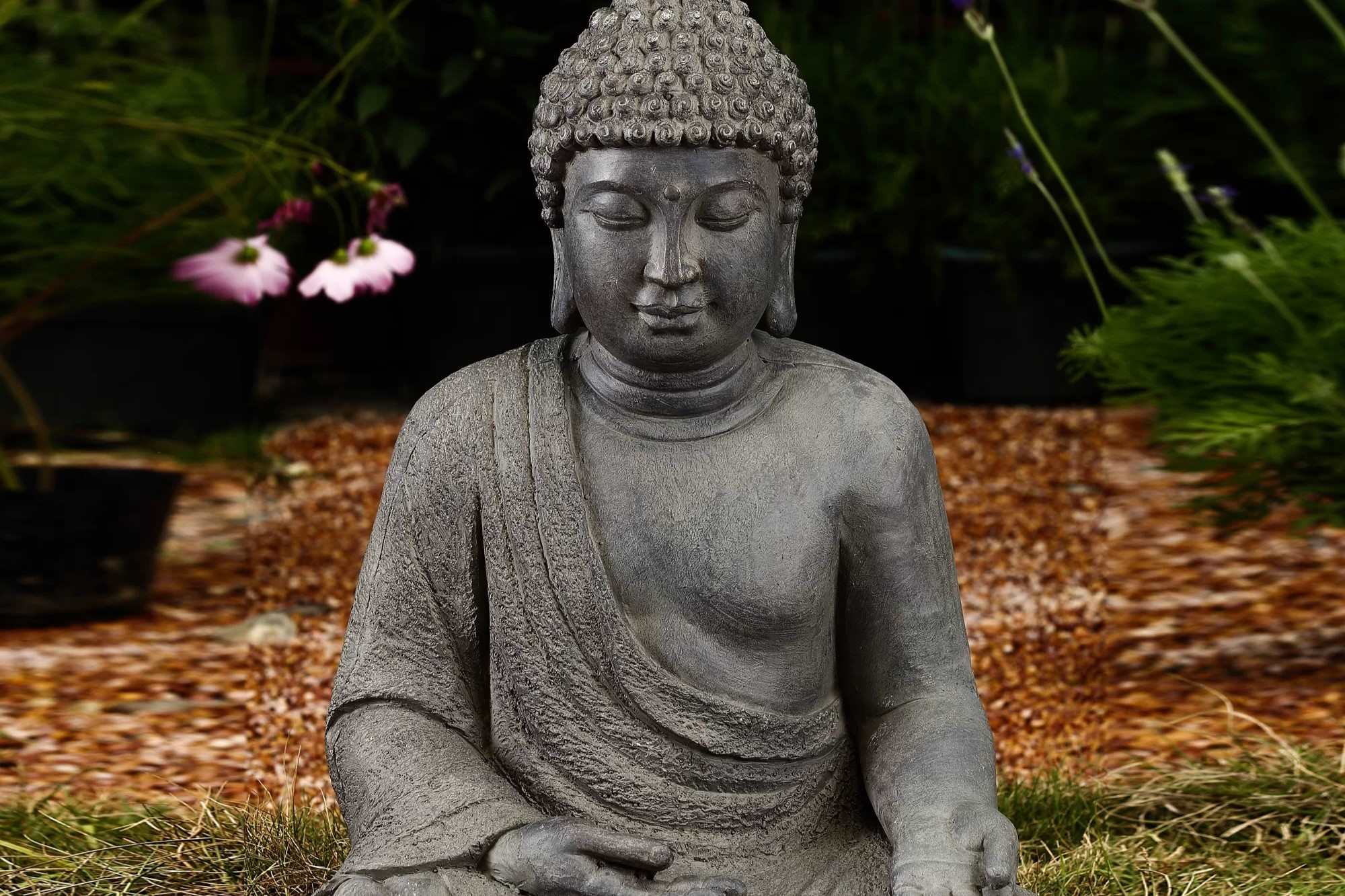

Ideas and Tips
Creating a Cozy Outdoor Meditation Garden with a Buddha Statue
Published: September 20, 2024
Create a serene outdoor meditation garden with a Buddha statue. Discover tips on plants, seating, and natural elements for a peaceful retreat.
(Many of the links in this article redirect to a specific reviewed product. Your purchase of these products through affiliate links helps to generate commission for Storables.com, at no extra cost. Learn more)
In today's fast-paced world, finding moments of peace and tranquility can be a daunting task. One of the most effective ways to achieve this is by creating a meditation garden in your outdoor space. These gardens are designed to foster mindfulness, relaxation, and a deeper connection with nature. In this article, we will guide you through the process of creating a cozy outdoor meditation garden, with a special focus on incorporating a Buddha statue to enhance the serene ambiance.
Choosing the Perfect Location
Before you begin designing your meditation garden, it is crucial to choose the right location. The ideal spot should be quiet, secluded, and shielded from noise, traffic, and prying eyes. This will help you create a private oasis that feels easily accessible yet secluded enough to promote deep contemplation.
Considerations for Location
- Noise Levels: Opt for a spot that is far from noisy areas such as highways, airports, or busy streets. The goal is to create an environment where you can hear the sounds of nature rather than human activity.
- Privacy: Ensure that your meditation garden is not visible from neighboring properties or public areas. This will help you maintain the sense of seclusion and privacy.
- Accessibility: While you want your garden to feel secluded, it should also be easily accessible. Consider the path you will take to reach your meditation area and ensure it is clear and inviting.
Selecting Calming Plants
Plants play a significant role in creating a serene environment in your meditation garden. They not only add visual beauty but also contribute to the overall calming atmosphere through their scents and sounds. Here are some plants that are commonly used in meditation gardens:
Popular Calming Plants
- Lavender: Known for its soothing scent, lavender can help reduce stress and anxiety. It is relatively easy to care for and can thrive in containers or directly in the ground.
- Bamboo: Bamboo adds a peaceful ambiance with its tall, elegant stems. It can also serve as a natural screen to block out distractions.
- Ferns: Delicate ferns add a touch of greenery to your meditation area without being too overwhelming.
- Moss: Moss creates a soft, carpet-like ground cover that adds a sense of serenity and comfort to your garden.
Incorporating Natural Elements
Natural elements such as stones, pebbles, and water features are essential in creating a peaceful environment in your meditation garden. These elements help blend the space seamlessly into nature, fostering a sense of harmony and balance.
Read more: Creating A Cozy Outdoor Meditation Space
Natural Elements
- Stones and Pebbles: Use stones and pebbles to form pathways or decorative borders. Larger rocks can be used as focal points to draw the eye towards specific areas of contemplation.
- Water Features: A small fountain, birdbath, or pond can add soothing sounds and attract wildlife. The sound of gently flowing water is incredibly soothing and can help mask background noises.
- Wood: Incorporate wooden elements like benches, trellises, or garden sculptures to bring warmth and texture to your space.
Adding Seating Areas
Comfortable seating is crucial in creating a meditation garden. It provides a place for rest and contemplation, allowing you to sit quietly and focus on your breath or thoughts.
Seating Options
- Benches: Wooden or stone benches that blend well with natural elements are ideal for creating a comfortable spot for meditation.
- Chairs: Weather-resistant chairs or loungers in shaded areas can provide additional seating options.
- Cushions and Mats: Use outdoor cushions or meditation mats where needed in your space to ensure comfort during longer meditation sessions.
Incorporating Buddha Statue
A Buddha statue is an excellent addition to any meditation garden as it symbolizes peace, wisdom, and mindfulness. Placing a Buddha statue in a central location where it can be easily seen will help create a focal point for contemplation and reflection.
Read more: Creating A Cozy Outdoor Meditation Platform
Choosing the Right Buddha Statue
- Material: Buddha statues come in various materials such as stone, metal, or wood. Choose one that resonates with your style and complements the theme of your garden.
- Placement: Place the Buddha statue in an area where it can be easily seen but not so prominent that it becomes distracting. A corner or near a water feature can be an excellent spot.
- Size: Select a statue that fits comfortably within your garden design without overwhelming the space.
Additional Features
While the basic elements of a meditation garden are essential, incorporating additional features can enhance the overall experience. Here are some ideas to consider:
Statues and Ornaments
- Animal Figures: Adding statues of birds, turtles, deer, or other animals can help create a serene environment and sense of community within your garden.
- Sculptures: Abstract or symbolic sculptures can add visual interest and stimulate contemplation (and even conversation).
Wind Chimes
Wind chimes are a great way to add a gentle, melodic sound to your garden. They can help mask background sounds and create a more immersive meditative experience.
- Materials: Wind chimes made from bamboo, metal, or glass each produce a different tone. Choose what suits you best and creates the vibe you’re looking for.
- Placement: Hang wind chimes in areas where they can catch the breeze, like from tree branches, pergolas, or garden hooks.
Lighting
Lighting your meditation garden can create a calming ambiance and allows you to use it in the evening too.
- Lanterns: Add solar-powered lanterns along pathways or around seating for a warm, inviting glow.
- Fairy Lights: Drape lights over trees, bushes, or pergolas to add a touch of magic and sparkle.
Creating a Sense of Enclosure
To create privacy and seclusion in your meditation garden, use hedges, fences, or walls to enclose the space. This will help establish a boundary between your meditation area and the outside world.
Enclosure Ideas
- Hedges: Plant hedges around your garden to create a natural screen that blocks out distractions.
- Fences: Use wooden or metal fences to enclose your space while maintaining an open feel.
- Walls: If you prefer a more defined boundary, consider building walls around your meditation area.
Incorporating Japanese Garden Elements
Japanese gardens are known for their peaceful and harmonious design elements. Incorporating traditional Japanese garden elements such as stone lanterns, water basins, and stepping stones can enhance the tranquility of your meditation garden.
Japanese Garden Elements
- Stone Lanterns: Add stone lanterns to create a sense of serenity and light up your garden in the evening.
- Water Basins: Incorporate small ponds or water basins to create soothing sounds and attract wildlife.
- Stepping Stones: Use stepping stones to create a winding path that leads to your meditation area.
Creating a Winding Garden Path
A winding garden path can symbolize a transition from the stress of the outside world to the peace of your inner sanctuary. Using stepping stones, gravel, or bark creates a visually appealing and functional path.
Path Ideas
- Stepping Stones: Place stepping stones in a winding pattern leading to your meditation area.
- Gravel or Bark: Use gravel or bark to create a smooth yet visually appealing path.
Planting a Tree for Reflection
Planting a tree in your meditation garden can create a strong connection with nature and symbolize growth and change.
Read more: Creating A Cozy Outdoor Reading Gazebo
Tree Selection
- Calming Presence: Choose a species with a calming presence like a Japanese maple or weeping willow.
- Shade and Visual Interest: As the tree matures, it provides shade and visual interest while serving as a natural focal point for reflection.
Daily Meditation Routine
Creating a meditation garden is just the first step; maintaining a daily meditation routine is essential to fully enjoy its benefits. Here’s how you can incorporate meditation into your daily life:
Simple Meditation Exercise
- Find a Comfortable Spot: Sit comfortably in your garden with your eyes closed.
- Focus on Your Senses:
- Smell: Notice any fragrances in your garden such as blooming flowers or damp earth.
- Sound: Open your ears to subtle sounds like running water or birdsong.
- Taste: Observe any flavors lingering from your last meal or mint freshness.
- Touch: Feel the breeze against your skin and the surface beneath you.
- See: Open your eyes and observe colors, sunlight patterns, and details you might have missed before.
By following these steps and incorporating elements like a Buddha statue, natural elements, seating areas, wind chimes, lighting, enclosure features, Japanese garden elements, and a winding garden path into your outdoor space, you can create a cozy meditation garden that fosters relaxation and mindfulness. Remember that simplicity is key; avoid overcrowding your space with too many elements or decorations. Instead, focus on creating an uncluttered environment that fosters mindfulness and introspection. With dedication and commitment to using this space for meditation and contemplation, you can transform it into a personal sanctuary that promotes overall well-being and a balanced state of mind.
Was this page helpful?
At Storables.com, we guarantee accurate and reliable information. Our content, validated by Expert Board Contributors, is crafted following stringent Editorial Policies. We're committed to providing you with well-researched, expert-backed insights for all your informational needs.
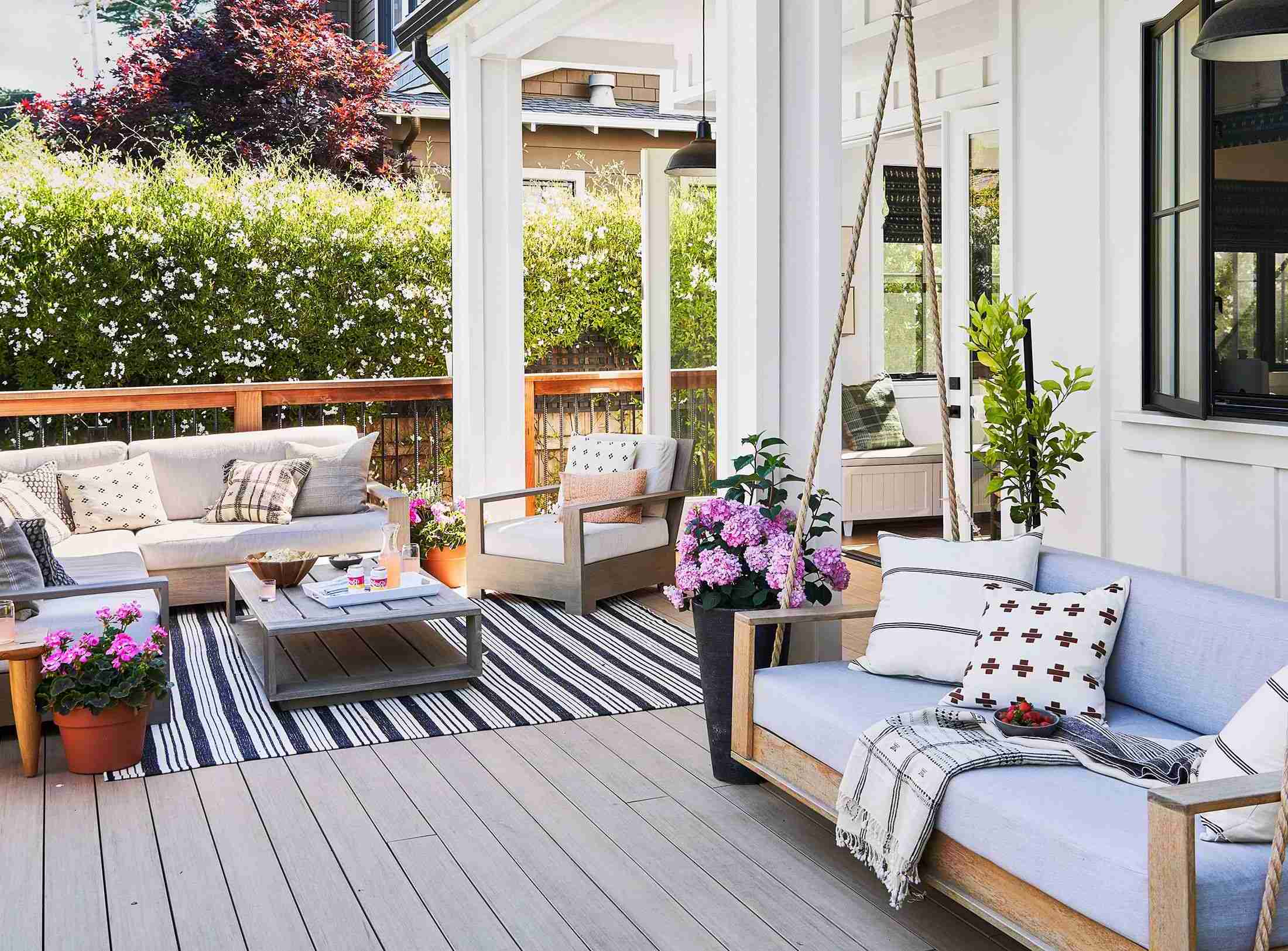
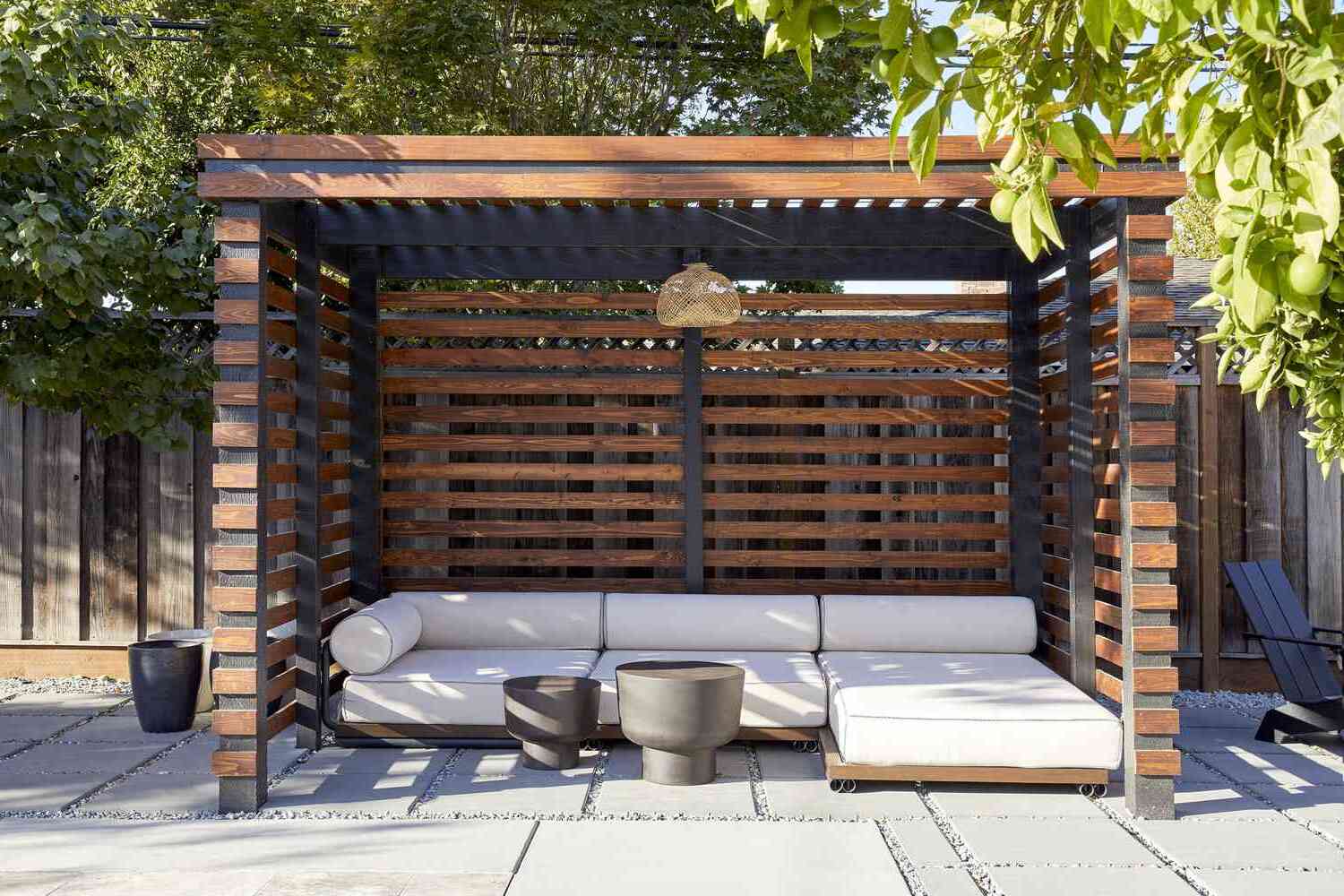
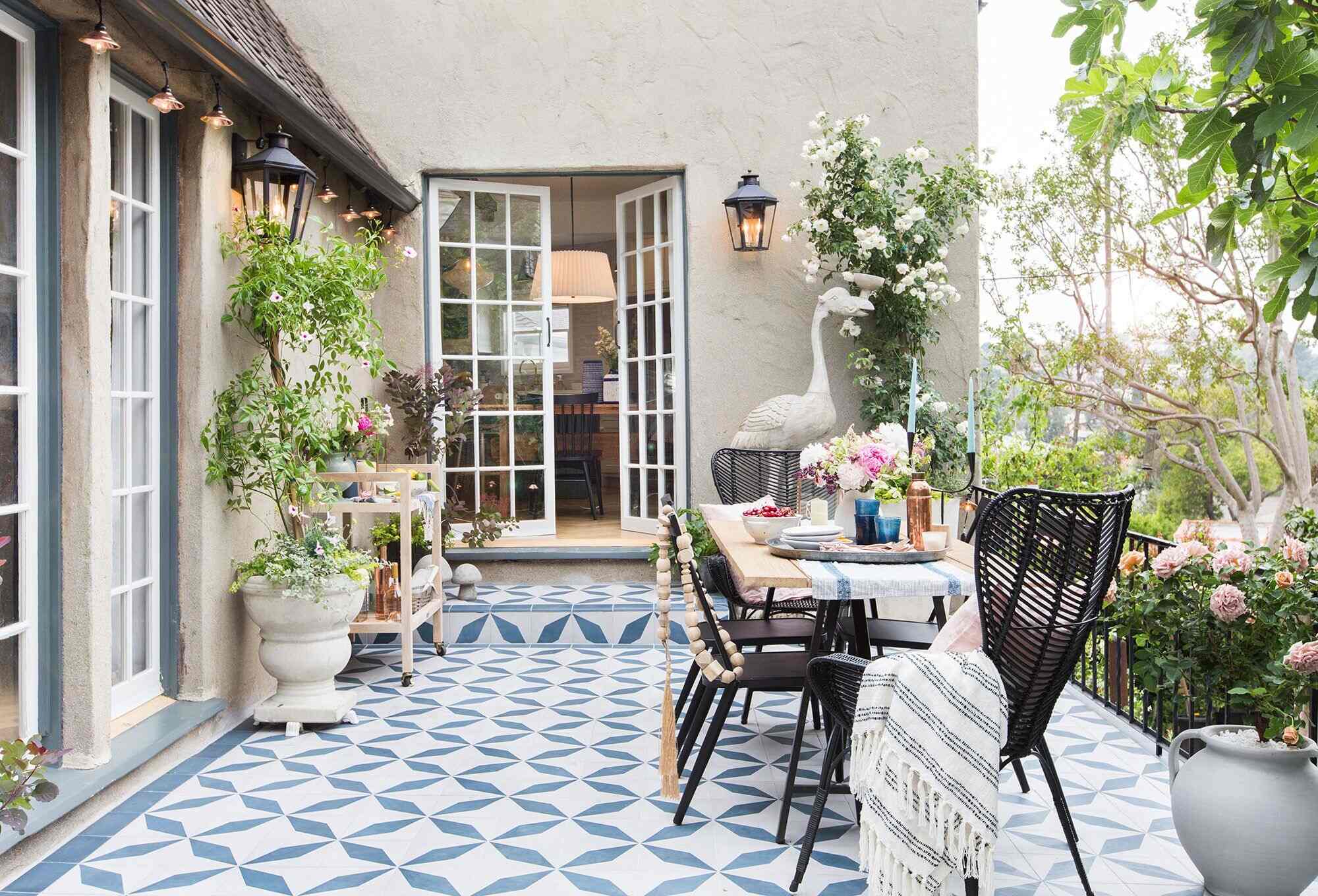
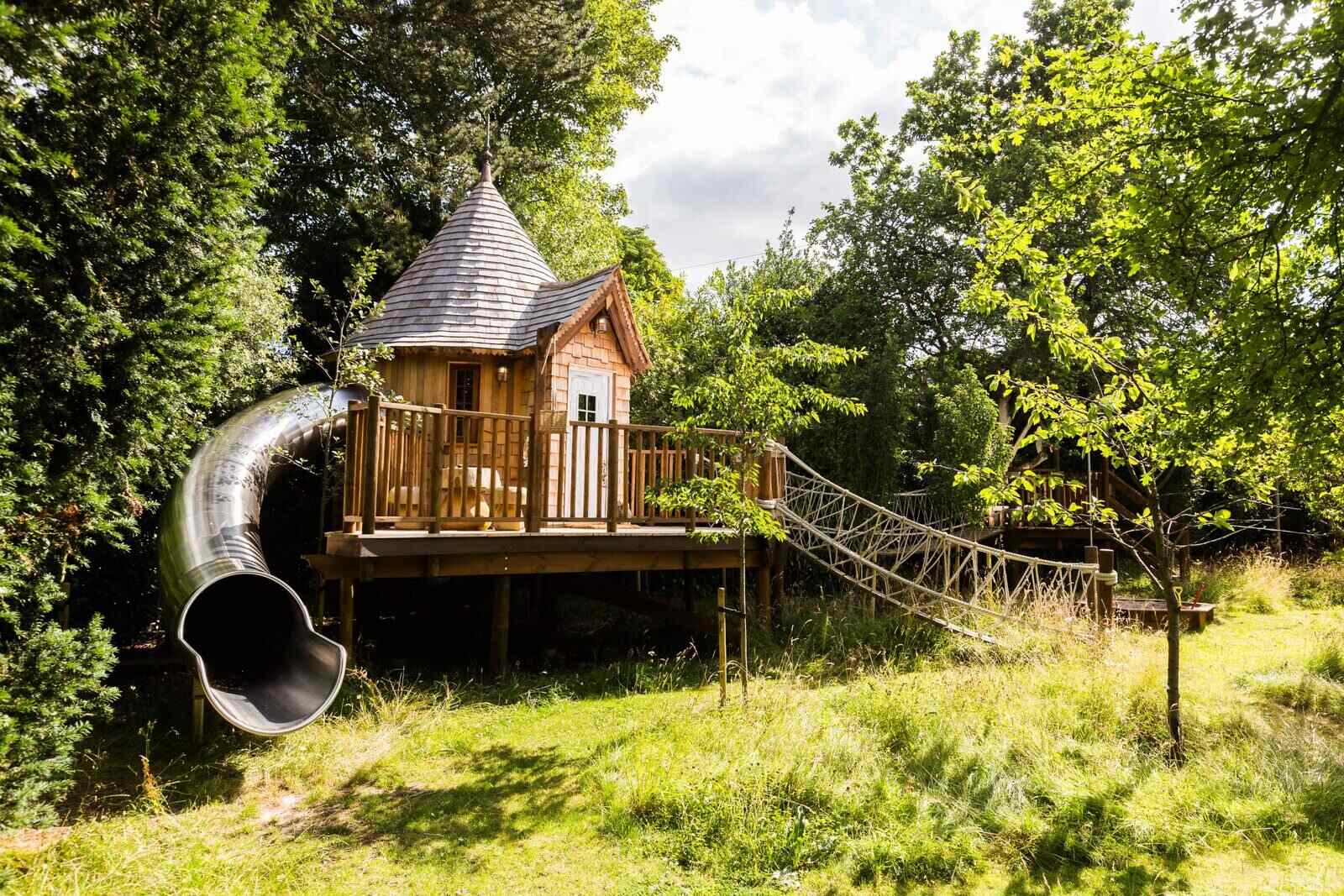
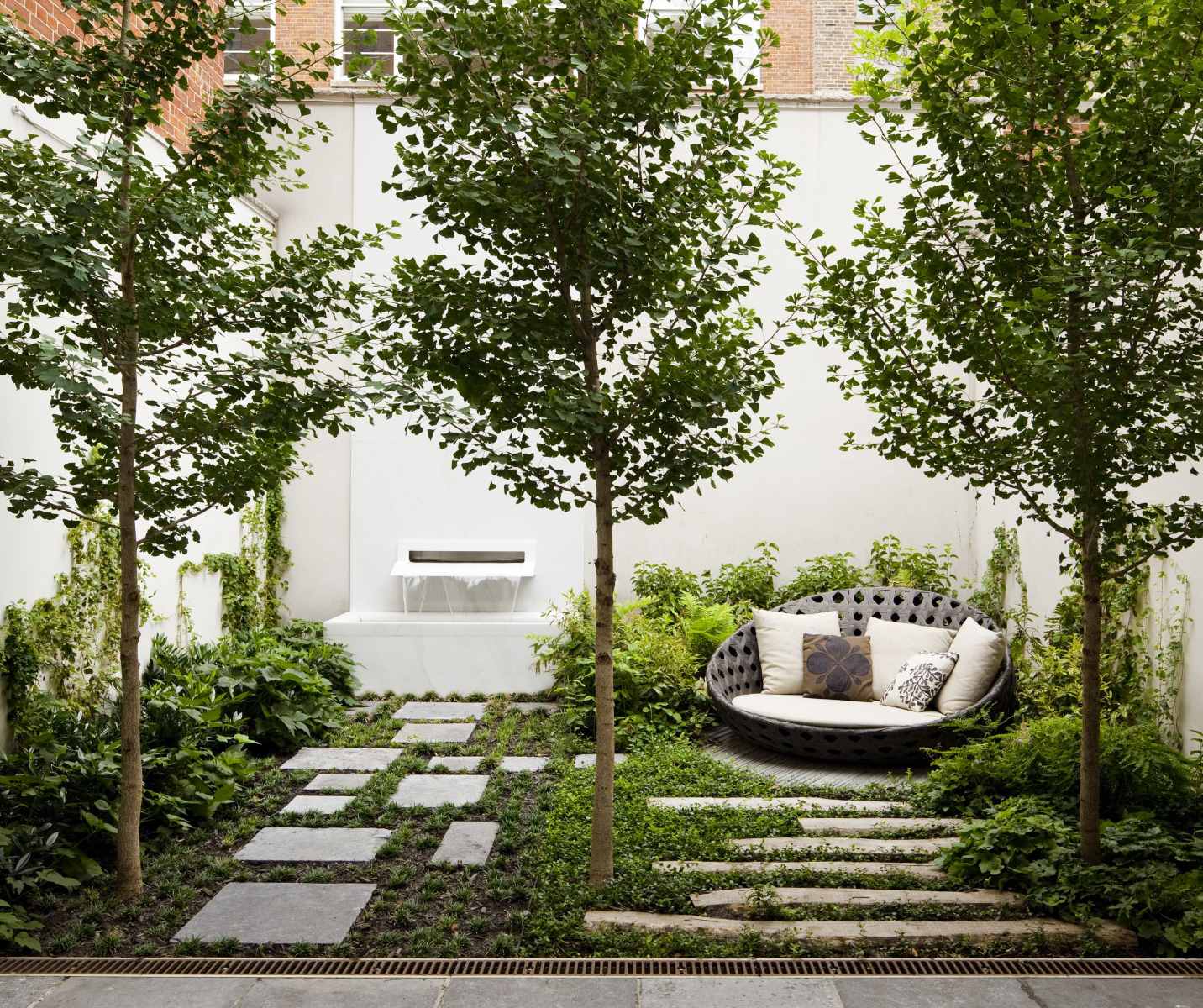
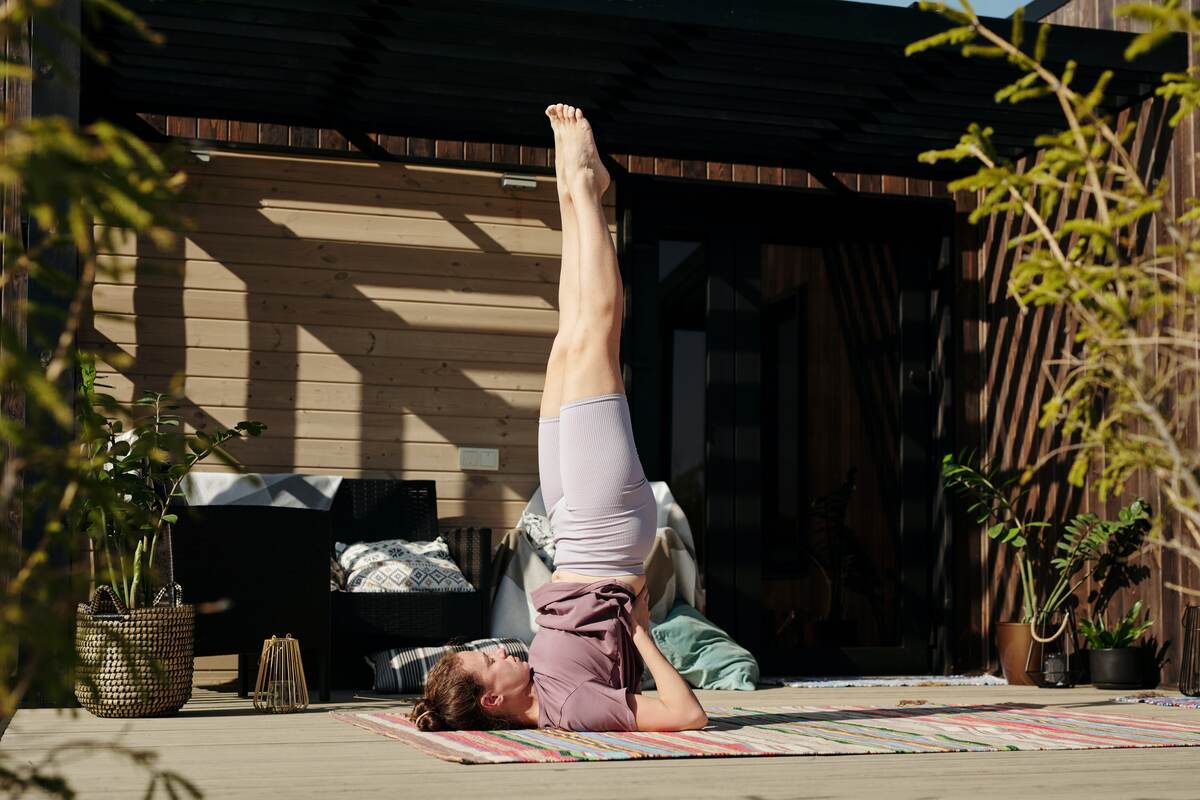

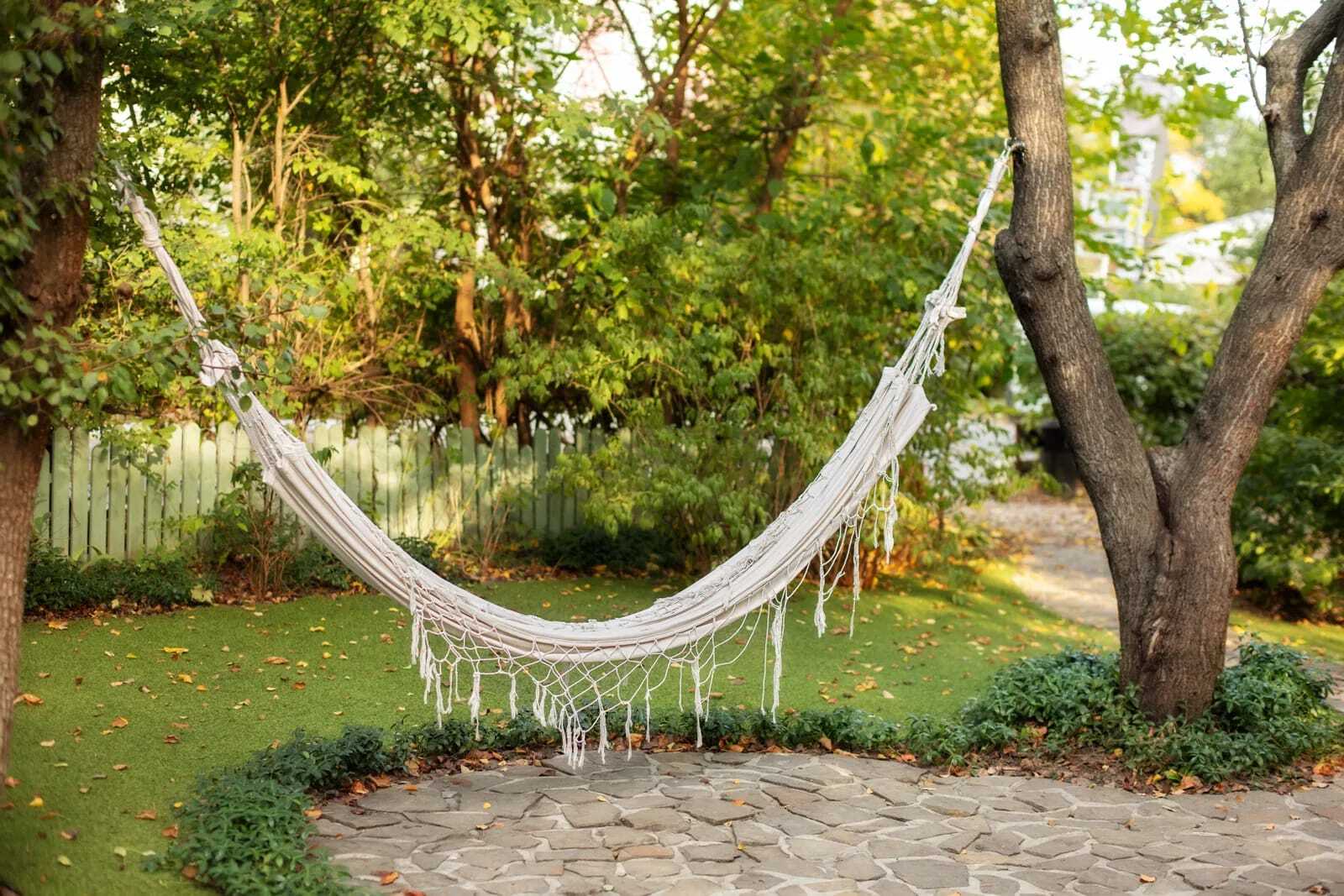
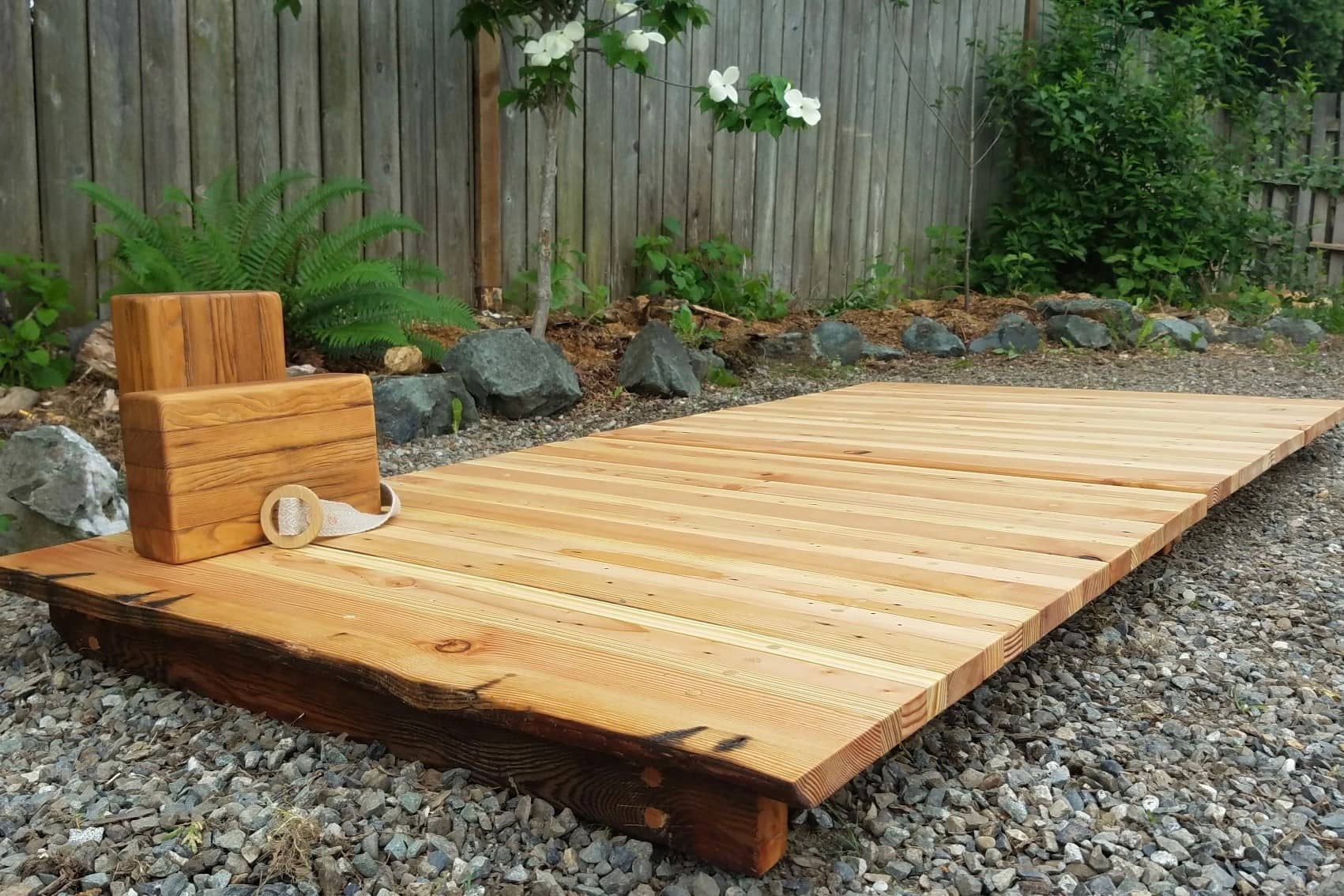


0 thoughts on “Creating a Cozy Outdoor Meditation Garden with a Buddha Statue”